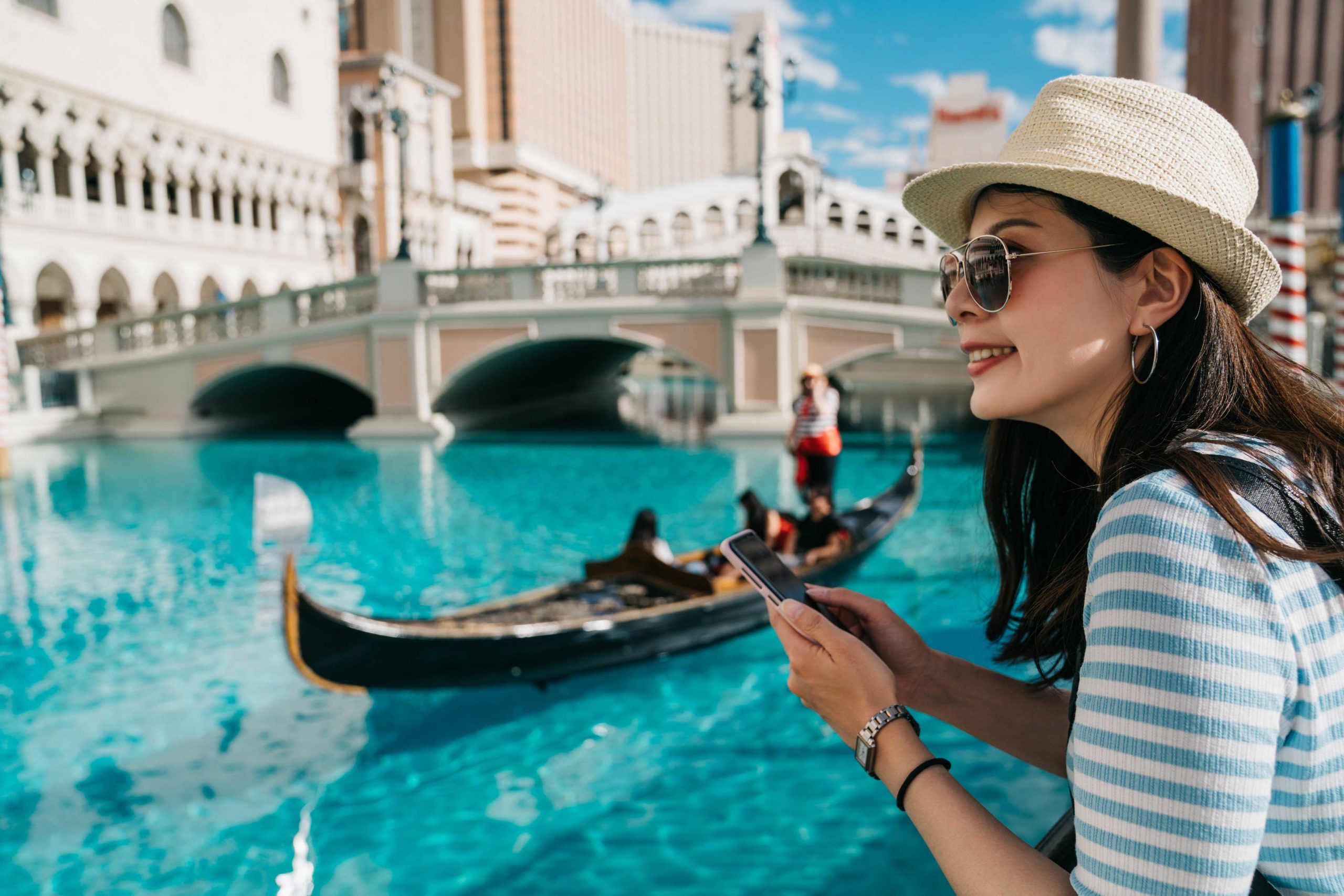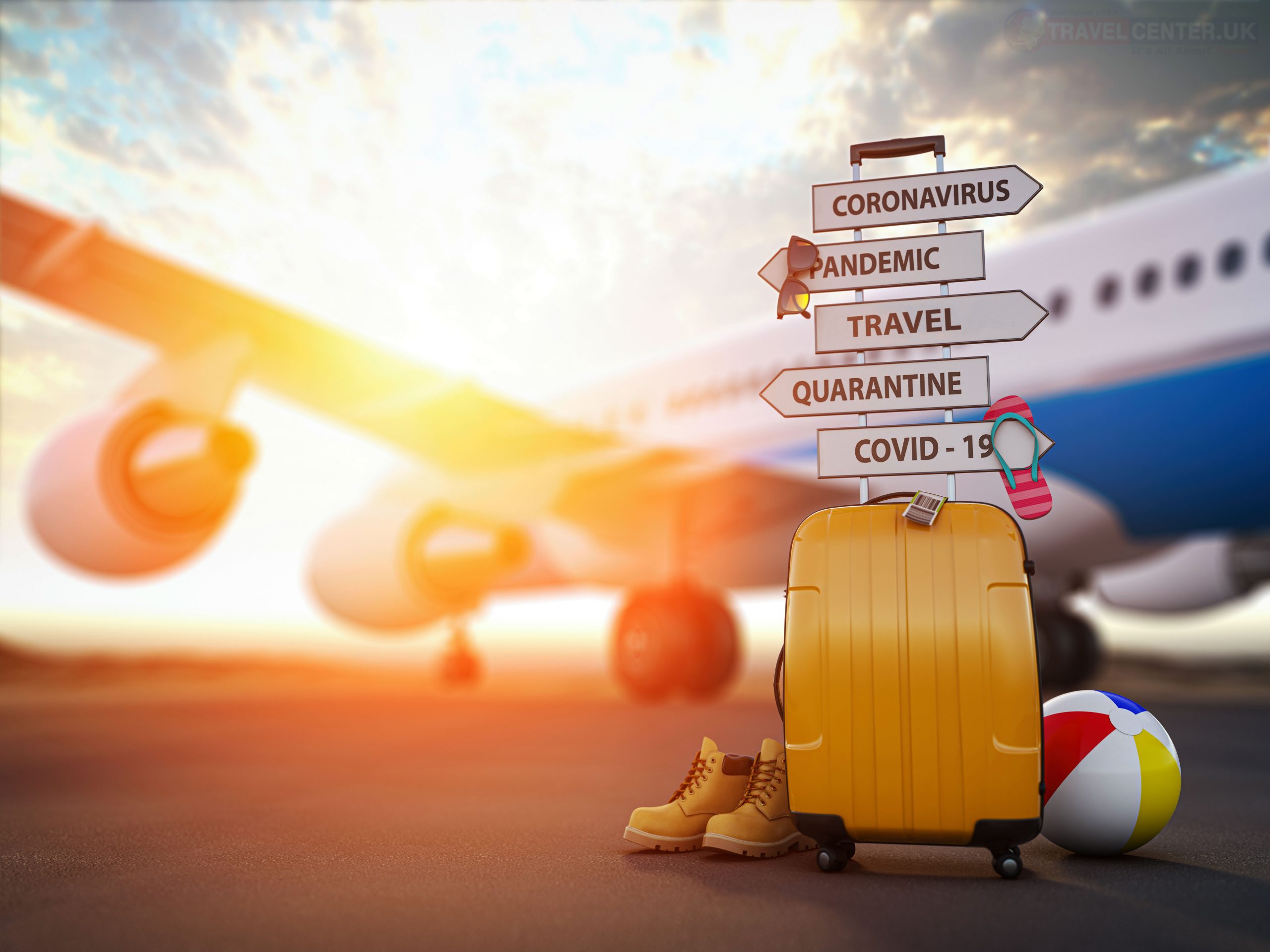The phenomenon of over-tourism trends due to overcrowding in several tourists’ destinations, affecting the local community as a result of nuisance activities— alienated residents, a degraded tourist experience, overloaded infrastructure, damage to nature, or threats to culture and heritage.
Amongst those destinations, Venice stands on the top as one of the most traditional cities in the world and dominating one of the most active ports in southern Europe (Seraphin, Sheeran, and Pilato, 2018). According to the UNESCO 2018, Venice issued to be the uniquely consolidated destination of nature and culture.
Henceforth, the local authorities tightened its laws and increased the technical security standards further. They assume it would help to track down and observe its visitors’ nuisance activities and movements by using mobile phone signals, cameras, and sensors. Moreover, the authorities are experimenting with a people-counting tool to detect people to identify adults or children during the carnival of the city, which held from February 8-25— one of the busiest periods in Venice. The system also traces mobile phone data to recognize the arrival and departure of the commuters and visitors of the city. The local council declared respect for privacy during the analysis.
Venice tourism councillor Paoloa Mar said,
“The system will use a mix of sensors, cameras, and Wi-Fi to constantly monitor the situation with a data release every 25 hundredths of a second.”
She continued,
“In this way, we can predict at what time pedestrians will arrive at a certain critical point and divert them to another area in advance, so as not to clog or block pedestrian traffic.”
The local council redeclared the public sensor will only detect shapes of persons for crowd control purposes, and it will not breach individual privacy.
Council spokesman also said,
“The project will also make it possible to intercept the data of mobile phones and to know the origin of the people, in absolute respect for privacy.“
Nonetheless, approximately 30 million tourists visit Venice each year, and the city is escalating new methods and systems to concern the city’s health and safety.
Over-tourism facts in Venice
The rated attractions belong to Venice are the Palazzo Ducale, Teatro La Fenice, Canal Grande, Doge’s Palace, Venetian Artisans, Basilica di San Marco, St. Mark’s Square, Ponte di Rialto, and Gioielleria Eredi Jovon. Therefore; the cultural heritage of Venice and its recognition acknowledges tourists’ interest worldwide.
Followed by the statistic report during 2018-2019 of the European parliament; numerical figures resembled as follows,
Inhabitants in Venice: 260,000
Tourist arrivals in Venice : 24,000,000
Comparing to the size of the city of 415 km², it is about 158.4 visitors per square-kilometre.
Main Impacts
- The Anti-tourism protests – Most of the residents are vandalizing the segregation checkpoints, which installed to control the tourist’s check-ins.
- The high number of tourists per resident – Per day Venice receives 60,000 visitors while its population is approximately about 55,000.
- Traffic and public transport congestion – The tourists request high demands from Venice’s infrastructure.
- Gentrification – Residents sold houses to modify as restaurants, and Venice is becoming a global cosmopolitan city with it loses of intimate character.
- Crime and vandalism – Tourist activities cause many property damages in the Historical City.
The future of over-tourism
According to the overall general statistics report of the European Parliament, recent growth stands at a low percentage of 3%. Most likely, over-tourism will reduce to a weaker impact on Venice as a heritage destination. However, council propositions might increase the outcome of preventive measures.








